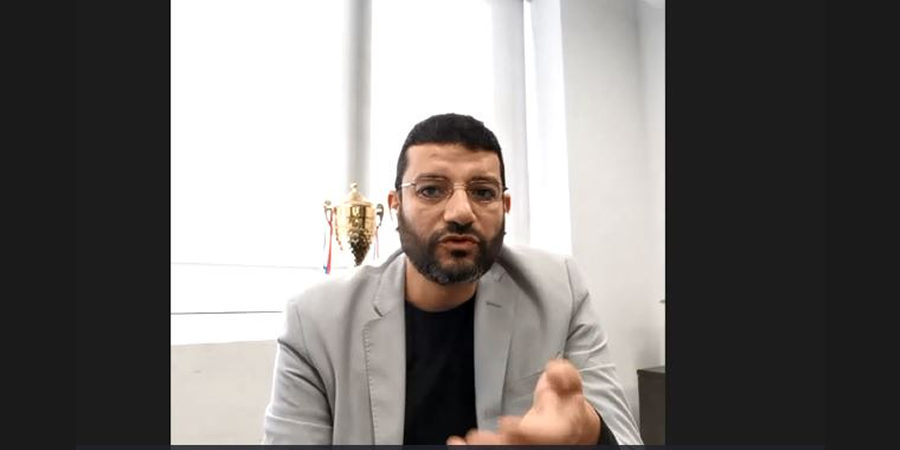In the framework of the discussion on ‘designing next-generation service providers’ network,’ the panelists discussed the alignment between technology and the business opportunity in bringing the services closer to the edge of the network and thereby bringing about new customer experiences that were not available in the previous generation of networks.
Taking the conversation forward, moderator Jay Srage, CEO, Centrigent, asked the panel what the best approach would be to ensure a positive user experience when services came closer to the edge and cloud computing?
Mohamed Farag, Customer Experience & Technical Strategy Director, Etisalat Misr, volunteered to put his thoughts across.
He felt that the findings of a positive experience by itself was a challenge in the current situation of the COVID 19 pandemic where customer preferences and expectations have been varied and generated different use cases, demanding a mandate to have reliable and low latency networks.
“Faster speed, lower latency, and capacity of networks to handle a massive number of connected devices, along with proactive addressing to the customers’ requirements to ensure consistent service delivery will define the customer experience and the future of 5G technology,” he said.
“It's not only about having networks providing higher speeds and low latency. 5G by design will provide higher user throughput by capitalizing on higher bandwidth. The 5G architecture enables us to offer the least latency that we can experience. All of this will move the content to the edge which will reduce the latency dramatically. I feel the major challenge and opportunity of 5G technology is the network slicing that will allow users to get specifically what they need with the exact configuration to fulfill the required latency, bandwidth, coverage, and also at the right price. “
“Managing the network nodes is no more considered the only concern for us. Active fulfillment of customer requirements is our main point of differentiation in the next era with the 5G. It will ensure consistency for our service delivery and it is one of our clear strategies at Etisalat Misr. Our commitment to the digital transformation journey and our ability to make use of the network information we are going to have will be our technique to address proactively the customer requirements. AI networks analytics will be crucial to manage the expectations of users with huge connectivity and sensitivity of the use cases,” he commented.
The panel acknowledged that the combination of the network architecture and proper planning of the use of technology would have an impact on the user experience.
A related question of what would be the impact on 5G latency and backhaul networks when 5G moved towards the consumer side and enterprise side was once again tackled by Mr. Farag.
"The telecom infrastructure has to be ready to introduce the 5G, fiber to the site, and have proper backhauling technologists to handle huge capacity required for the 5G. Moving content to edge will reduce latency dramatically and will allow us to analyze the traffic and predict the requirements of customers and proactively address what they are looking for. By introducing machine learning algorithms, we will assign proper services to customers without human intervention,” he opined.









